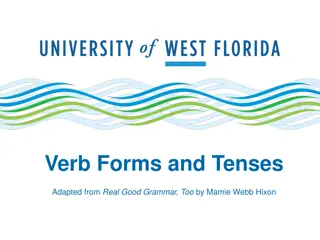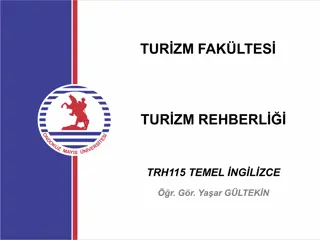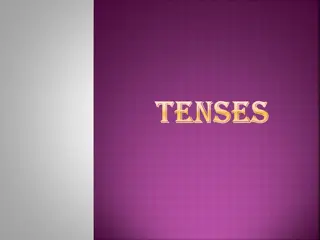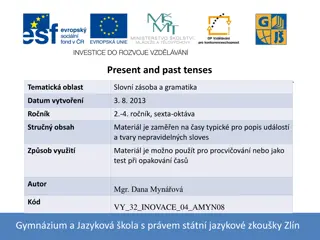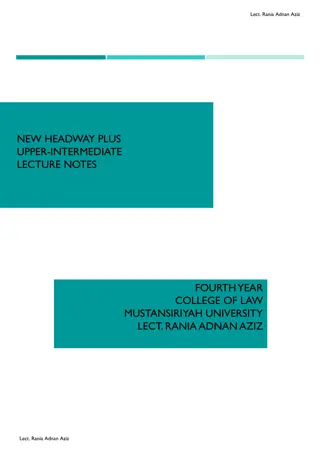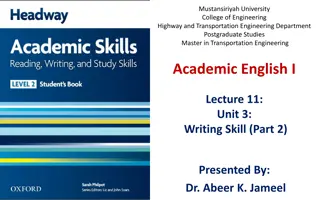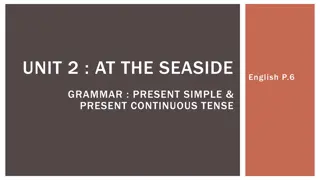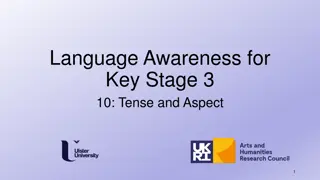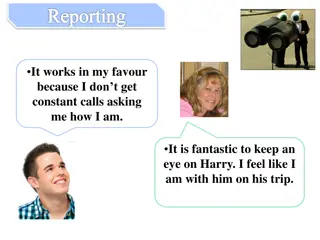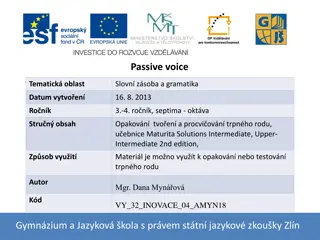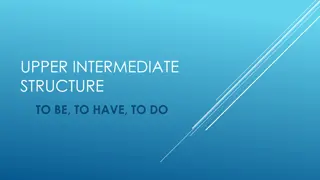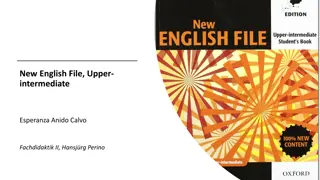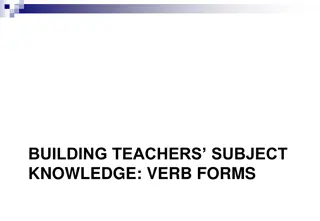Understanding Verb Tenses: Present Perfect and Past Perfect Forms
Explore the usage of present perfect and past perfect verb forms to indicate relationships of time and cause. Present perfect verbs denote actions with undefined past timing but relevance to the present, while past perfect verbs describe events that occurred before another past event. Examples and explanations provided.
Download Presentation

Please find below an Image/Link to download the presentation.
The content on the website is provided AS IS for your information and personal use only. It may not be sold, licensed, or shared on other websites without obtaining consent from the author. Download presentation by click this link. If you encounter any issues during the download, it is possible that the publisher has removed the file from their server.
E N D
Presentation Transcript
Year 6 SPAG Perfect form of verbs NCLO: using perfect form of verbs to mark relationships of time and cause
Present perfect verbs We use present perfect for a past action whose time is not mentioned and has a relation to the present. We are not interested in its time but the action itself.
Present perfect has/have + past participle You have seen that movie many times. I have visited my grandfather. They have eaten delicious food. People have travelled to the Moon.
Past perfect tense The past perfect tense is formed with the past tense of the verb to have (had) and the past participle of the verb (e.g. eaten, stolen, taken). The past perfect tense describes an event that happened in the past before another event was completed in the past
Past perfect verbs had + past participle I had walked for miles before I found my way. They had read almost all the books on the shelf. We had found ourselves in the middle of nowhere.


